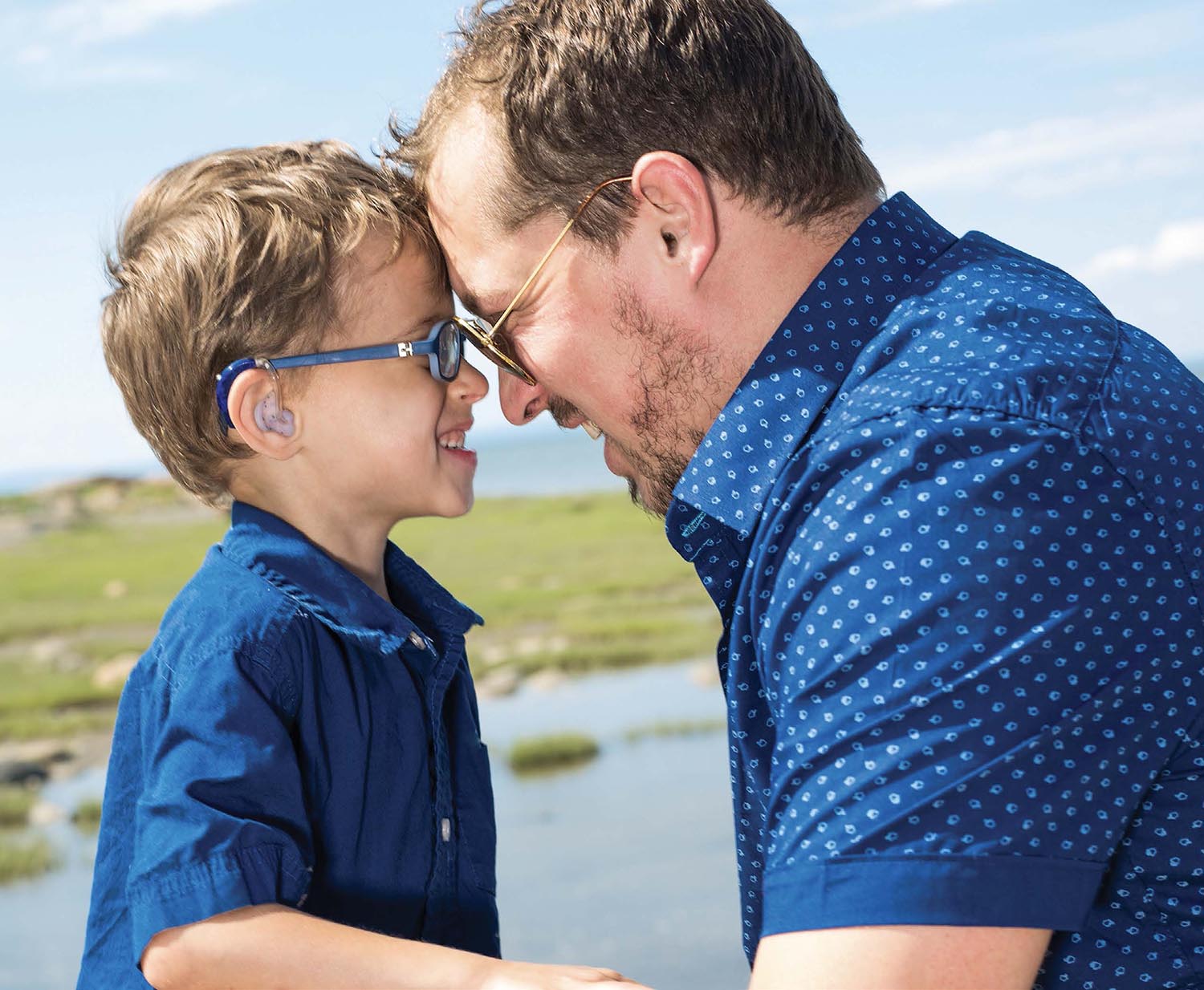Educational Service Guidelines for the Students who are Deaf and Hard of Hearing
Standard 12: Focus on Communication
Standard 12: Focus on Communication
Curriculum and instruction are delivered using the communication approach that meets the unique needs of the students as defined in his/her Communication Plan.
Students in public schools who are D/HH have rights under IDEA, Section 504, and Title II of the ADA. Because each law has a slightly different intent, their individual provisions must be considered when addressing the communication needs of students from preschool through high school graduation. Title II non-discrimination requirements may require additional accommodations beyond the IDEA to ensure communication is as effective as for non-disabled peers. The communication preferences of the individual are paramount when determining appropriate auxiliary aids and services. CFR {300.324(a) (2) (iv)

Students who are D/HH have the same ability to learn as their hearing peers provided they develop language from a young age. However, in order to learn and master the critical academic skills they need, like all students, to be in a linguistically-rich environment where language is fully accessible to them. It is the responsibility of the early intervention and school programs to provide such an environment for students who are D/HH as well as to empower their families with the knowledge, support, and skills they need to provide a linguistically-rich environment outside of school.
Effective programs follow a well-defined linguistically based model and philosophy for students who are D/HH that emphasizes family involvement, training, and support. The multidisciplinary team members function in partnership and ensure that the instructional and support service providers offer proficient language models for the students who are D/HH.
IDEA mandates that students with disabilities are educated in the least restrictive environment (LRE), the one most like that of their typical peers. However, unlike other disability categories, for students who are D/HH, communication access and direct communication with peers are the driving forces behind the creation of the least restrictive educational environment.
The education team serving the student with a documented hearing loss is encouraged to use the Communication Plan as part of their IFSP/IEP/504 Plan (Appendix B). For a sample communication plan, see the Communication Planning Guide for Students Who Are Deaf or Hard of Hearing. This Communication Plan specifically addresses the unique communication needs of the child and is used to guide the IFSP/IEP/504 Plan team during each review and eligibility meeting. It is recommended at each IFSP/IEP/504 meeting, the team should review the current Communication Plan and assess its effectiveness in addressing the unique communication needs of the student who is D/HH. If improvements are not evident in the areas of language acquisition, communication, academics, and social skills, the current communication mode and service delivery model should be evaluated and additional services or alternative educational placement options should be explored. Instructional opportunity or approaches should not be determined based on the amount of the student's residual hearing, the ability of the family to communicate, or the student's experience with other communication modes.
Individualized, relevant communication access, as identified in the Communication Plan, also applies to participation in extracurricular activities. Extracurricular activities are part of each student's educational program and are important to each student's social, emotional, and cognitive development. Local school districts must provide resources to ensure that all school sponsored extracurricular activities are fully accessible to students who are D/HH. The Communication Plan applies in the same way as during the school day. This may require the use of an interpreter or assistive devices (e.g., FM or captioning) be provided to make activities and events accessible to the students who are D/HH.